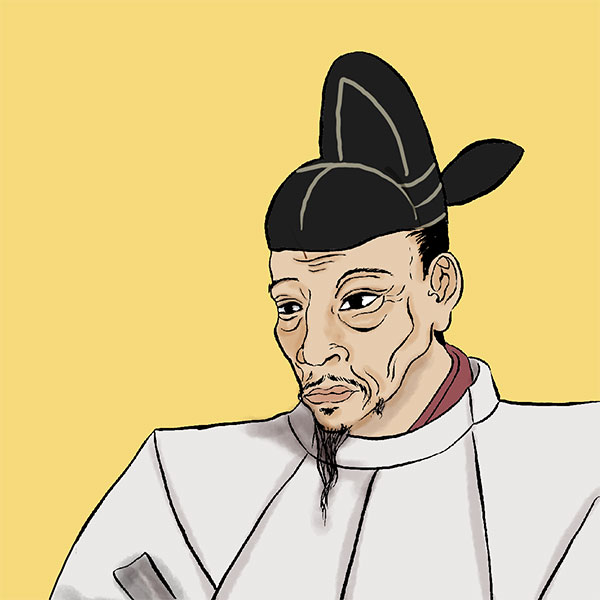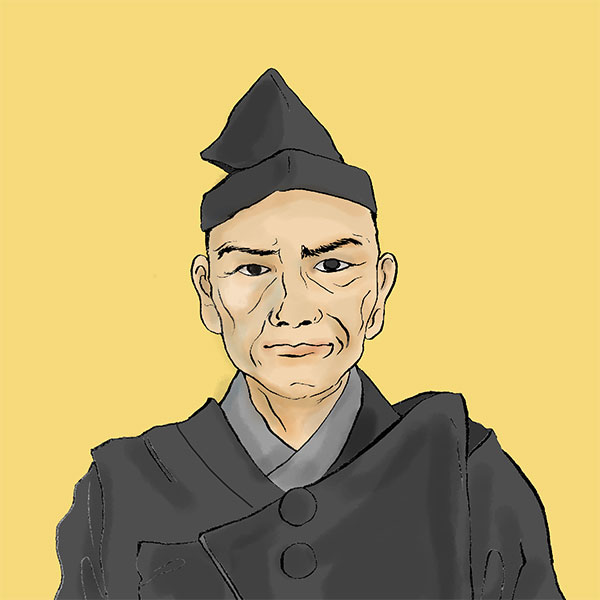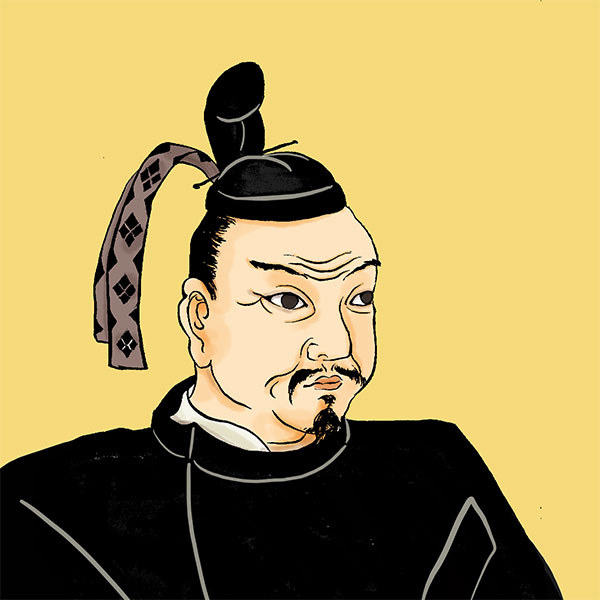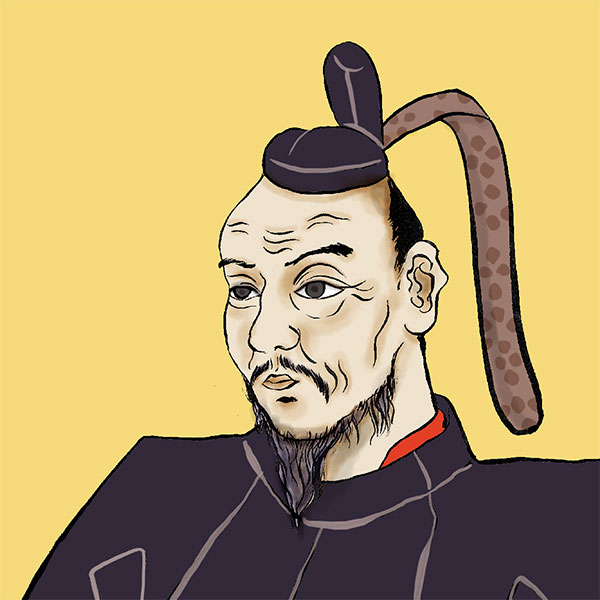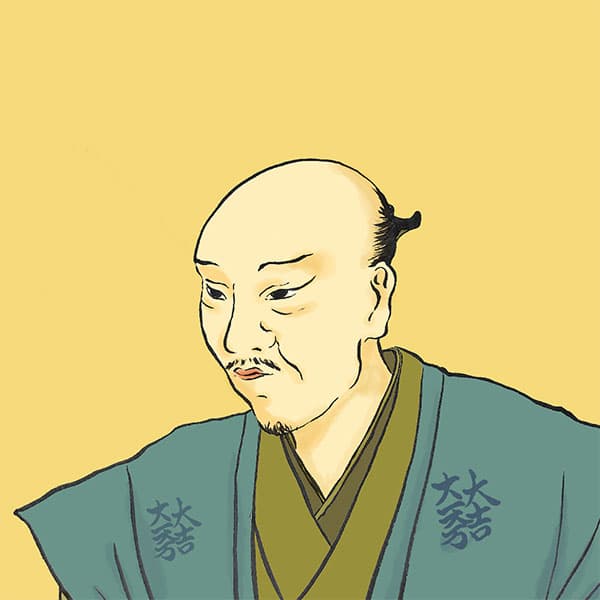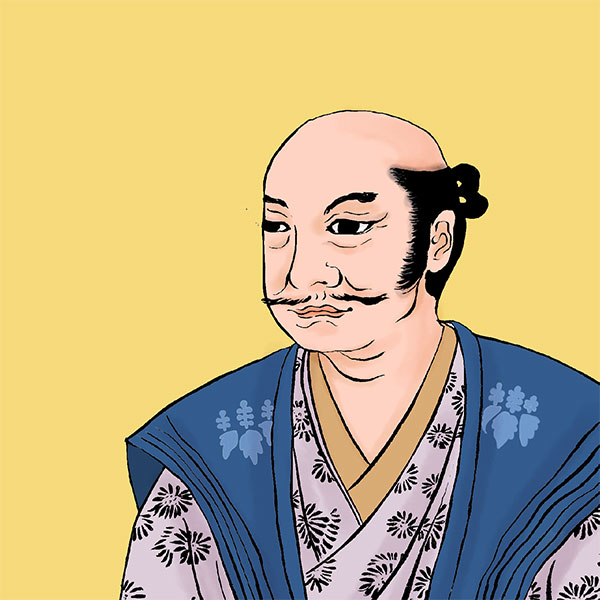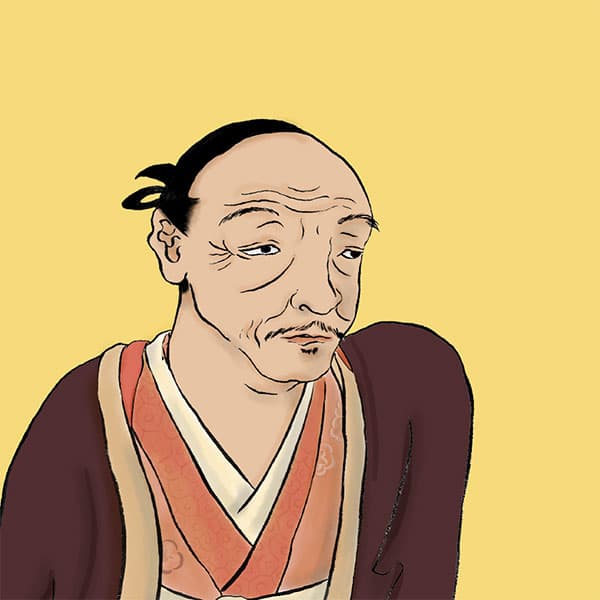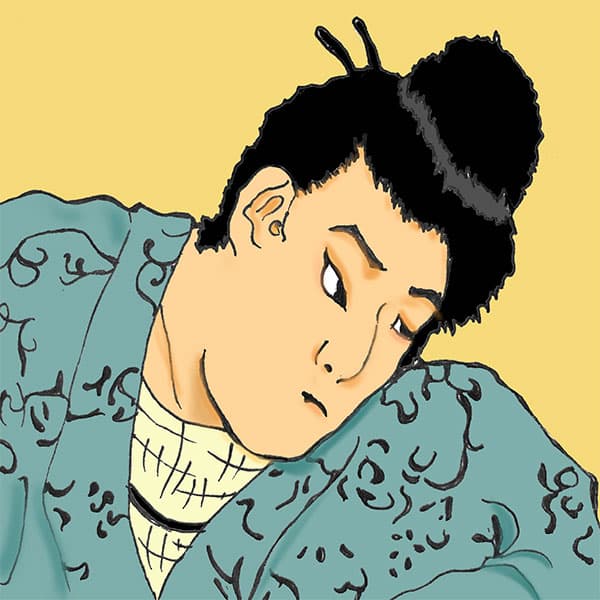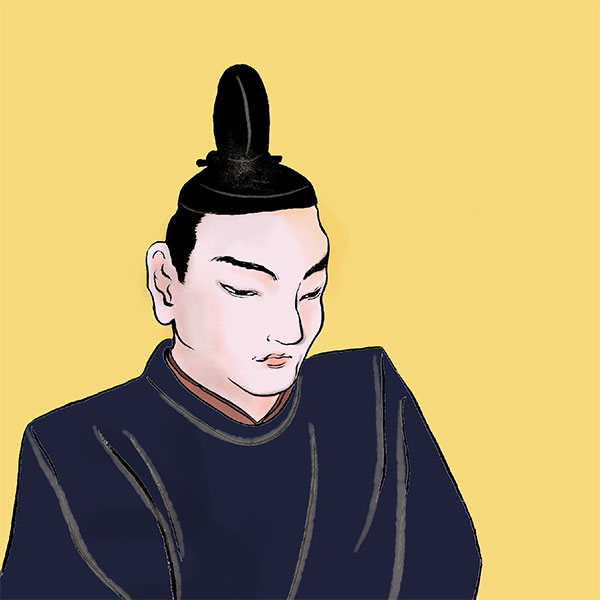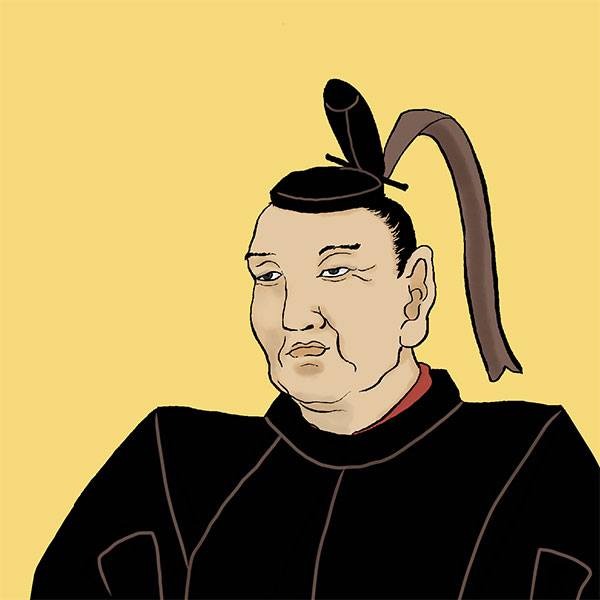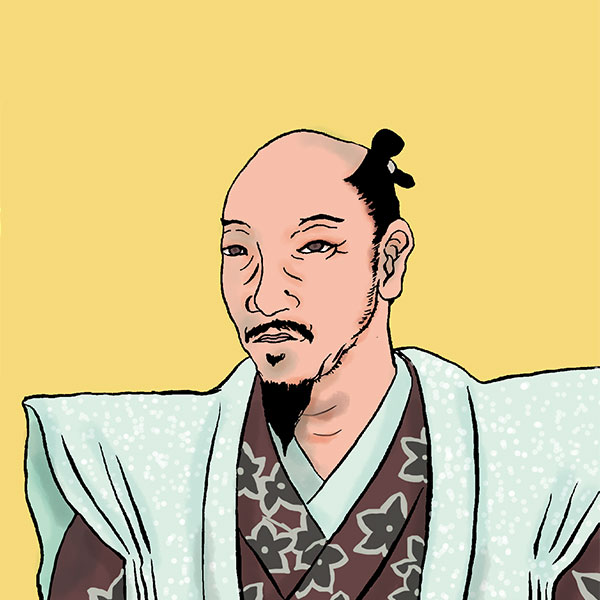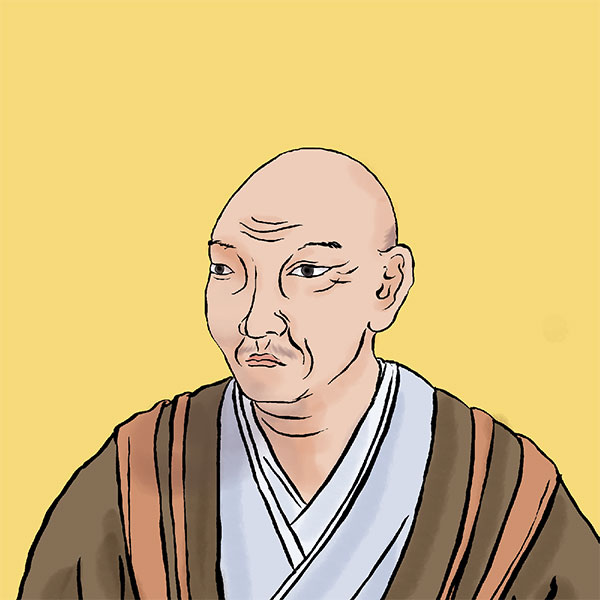Kyushu pacification (1/2)Hideyoshi defeated Shimazu and took control of Kyushu.
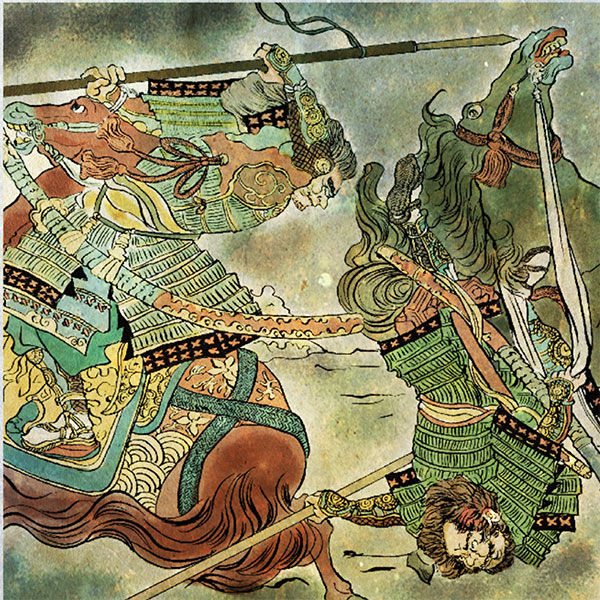
Kyushu pacification
- Article category
- case file
- Incident name
- Conquering Kyushu (1586-1587)
- place
- Kagoshima prefecture, Miyazaki prefecture, Fukuoka prefecture, Oita prefecture, Nagasaki prefecture
- Related castles, temples and shrines

Kagoshima Castle

Kokubu Castle

Obi Castle

Kokura Castle

Sadowara Castle

Kitsuki Castle

Oka Castle
- people involved
Toyotomi Hideyoshi succeeded Oda Nobunaga and promoted the unification of Japan. Hideyoshi, who made his biggest rival, Tokugawa Ieyasu, submit to him after the Battle of Komaki and Nagakute in 1584, defeated Motochika Chosokabe and conquered Shikoku in 1585, was next. My focus was on Kyushu. Thus, from July 1586 to April 1587, the ``Kyushu Conquest'' (also known as the Kyushu Conquest or the Shimazu Conquest) was fought between the Toyotomi Allied Forces and the Shimazu clan. This time, I will explain the pacification of Kyushu in an easy-to-understand manner.
Why did the Kyushu pacification occur?
During the Sengoku period, Kyushu was a fierce battleground where military commanders continued to fight over territory, but in the late Sengoku period, the Otomo clan of Bungo (present-day central and southern Oita prefecture), the Ryuzoji clan of Hizen (Saga prefecture), and the Satsuma (Kagoshima prefecture) The top three Shimadzu clans were competing for supremacy. Meanwhile, the Shimazu clan defeated military commanders one after another and expanded its territory. In March 1584, he killed Takanobu Ryuzoji, a key figure in the Ryuzoji clan, in the ``Battle of Okitanawate'' that occurred on the Shimabara Peninsula, resulting in the decline of the Ryuzoji clan. As of 1585, the Shimazu clan, led by Yoshihisa Shimazu, had almost control of Central and Southern Kyushu. The Shimazu clan moved north, aiming to unify Kyushu, as if to say, ``The Otomo clan will remain.'' They brought Chikugo (southern Fukuoka prefecture), which had been ruled by the Otomo clan, under their control and were on the verge of unification.
This troubled Sorin Otomo, the head of the Otomo clan. Deciding that he could no longer stop the Shimazu clan's momentum on his own, he decided to rely on Toyotomi Hideyoshi. Sorin visited Hideyoshi at Osaka Castle and asked for support in exchange for becoming under Hideyoshi's control. In response, Hideyoshi ordered the Shimazu and Otomo clans to cease fire in October 1585. Hideyoshi, who had become Kanpaku in July of the same year, tried to use the authority of the Imperial Court to stop the war in Kyushu.
Otomo Sourin of course obeys, but Yoshihisa Shimazu, who had the upper hand in battle, does not follow orders. He defended Hideyoshi by saying, ``Since the Otomo clan attacked us, we attacked them back,'' and in January 1586, ``Hideyoshi, a man who rose from a private, told Shimazu, which had a history and tradition that continued from Minamoto no Yoritomo.'' "I have no obligation to obey," he said, refusing the order. In response, Hideyoshi presented the Shimazu clan with a Kokubu plan stating that they would return the territory taken from the Otomo clan, but the Shimazu side also rejected this proposal. They resumed their attacks on the Otomo clan and began moving towards the unification of Kyushu. In June 1586, Yoshihisa Shimazu himself invaded Chikuzen (Fukuoka Prefecture) and attacked the Otomo clan's castles one after another.
For this reason, Hideyoshi decided to subjugate the Shimazu clan under the pretext of ``disobeying the ceasefire order.'' The plan was to dispatch Mori forces such as Terumoto Mori, Motoharu Yoshikawa, and Takakage Kobayakawa, as well as Shikoku forces including Motochika and Nobuchika Nagasokabe from Tosa Province (Kochi Prefecture) and Hidehisa Sengoku from Sanuki Province (Kagawa Prefecture) to Kyushu. Decided. Thus, in August, Mori troops including Terumoto Mori, the leader, arrived in Kyushu, and in September, Shikoku troops arrived in Kyushu.
Conquering Kyushu ① Battle of Buzen and Bungo
In August 1586, an advance force of Mori forces, ordered by Toyotomi Hideyoshi, set out to capture Kokura Castle (Kitakyushu City, Fukuoka Prefecture) on the Shimazu side. However, the attack was abandoned due to Shimadzu's ambush and attacks by Akizuki Tanemi. This was the first battle between the Toyotomi army and the Shimazu army.
Afterwards, the Mori army, which joined forces with Shikoku forces including Motochika Chosokabe, captured several castles, including Hanao Castle in Buzen Province (eastern Fukuoka prefecture to northern Oita prefecture). In October, Terumoto Mori arrived in Kyushu with Kanbei Kuroda, Takakage Kobayakawa, and Motoharu Yoshikawa. In addition to attacking and capturing Kokura Castle, they also took control of Umagatake Castle (Yukuhashi City, Fukuoka Prefecture) and other areas.
Yoshihisa Shimazu, who saw the Toyotomi army active in Buzen, decided to attack Sorin Otomo directly in Bunzen. In late October, his younger brother Yoshihiro Shimazu attacked Bungo with a large army of 30,000 men via the Higo route (Kumamoto prefecture), and his younger brother Iehisa Shimazu with 10,000 soldiers via the Hyuga route (Miyazaki prefecture). . Although there was some resistance, such as Oka Castle (Takeda City, Oita Prefecture), the Shimazu army steadily captured the castles of Otomo. In this way, Buzen was captured by the Toyotomi army, but Bungo came to be within the influence of the Shimazu army.
On December 12th, the ``Battle of Totsugawa'' takes place in Bungo, where the Toyotomi army and the Shimazu army clash. In this battle, which is said to be the first battle to pacify Kyushu, Iehisa Shimazu attacked Tsuruga Castle (Oita City, Oita Prefecture) on Otomo's side. Learning of this, Motochika Chosokabe, Nobuchika, Hidehisa Sengoku, and other Shikoku troops set up camp at the nearby Totsugi River to rescue the castle. Motochika advised them to wait for reinforcements and attack the Shimazu army, but Hidehisa strongly insisted that they cross the river and attack the Shimazu army, and in the end they decided to go to war in the evening.
However, the Shimazu army had anticipated this and made a surprise attack on the advance Sengoku unit. The Shimazu clan's specialty, ``Tsuri no Abushi'' (a decoy unit fights the enemy head-on, pretends to be routed, fishes the enemy, and detached units lurking on the left and right attack the enemy) is perfect, and the Sengoku unit is defeated. Take a hit. The second army, including Nobuchika Chosokabe, desperately resisted, but in the end they collapsed. Nobuchika was killed here, and about 2,000 people, one-third of the Shikoku army, died in the battle. Tsuruga Castle also fell. Motochika Chosokabe managed to escape, but the Toyotomi army was defeated by the Shimazu army. As a result of this failure, Hidehisa Sengoku was expelled from Sanuki Province and exiled to Mt. Koya, but later returned to his vassal status after playing an active role in the Odawara conquest.
The following day, December 13, the Shimazu army began attacking Nyujima Castle (Usuki City, Oita Prefecture), which was defended by Sorin Otomo. However, Sourin repulsed the Shimazu army by making use of the Franchi cannon, which he had acquired from Portuguese missionaries. It may be said that this preparation was made because Sorin was a Christian daimyo with deep ties to Portugal. After that, the Shimazu army attacked Kitsuki Castle (Kitsuki City, Oita Prefecture), but was defeated in the end. They will spend the year in their own castles in Bungo and Hyuga Province.
Conquering Kyushu ② Hideyoshi goes to battle, what is the organization of his troops?
As war broke out in Kyushu, Toyotomi Hideyoshi informed his generals on December 1, 1586 that he would be heading to Kyushu in March of the following year, and ordered them to gather troops in Osaka. Furthermore, Mitsunari Ishida, Yoshitsugu Otani, and Masaie Nagatsuka were appointed as provisions magistrates and were put in charge of logistics.
Then, on New Year's Day in 1587, Hideyoshi announced at a celebration ceremony the organization of troops to pacify Kyushu. The 200,000-strong army was divided into two armies: the Higo Army and the Hyuga Army, with Hideyoshi himself serving as the commander-in-chief of the Higo Army, and his younger brother Hidenaga Toyotomi as the commander-in-chief of the Hyuga Army. The main unit composition is as follows.
- Higo Front Army (to Satsuma via Chikuzen and Higo in western Kyushu)
- General: Toyotomi Hideyoshi
First team: Yoshinari Mori, Motane Takahashi, Asafusa Joi
Second Squad: Nagayasu Maeno, Hirohide Akamatsu, Norimi Akashi, Shigemune Bessho
Third Squad: Hidemasa Nakagawa, Masanori Fukushima, Nagafusa Takayama
Fourth Division: Tadaoki Hosokawa, Yoshikatsu Okamoto
Fifth Squad: Niwa Nagashige, Ikoma Chikamasa
6th Squad: Terumasa Ikeda, Tametada Hayashi, Sadamichi Inaba
Seventh Squad: Shuichi Hasegawa, Tadamoto Aoyama, Shigeki Kimura, Kazuyoshi Ota
8th Squad: Hidemasa Hori/Yoshiaki Murakami
9th Division: Ujisato Gamo
10th Squad: Toshiie Maeda
11th Squad: Toyotomi Hidekatsu - Hyuga Army (to Satsuma via Bungo and Hyuga in East Kyushu)
- General: Toyotomi Hidenaga
First Squad: Kanbei Kuroda, Iemasa Hachisuka
Second Squad: Takakage Kobayakawa/Motonaga Yoshikawa
Third Squad: Terumoto Mori
Fourth Division: Hideie Ukita, Tsugujun Miyabe, Shu Inaba
Fifth Squad: Hideaki Kobayakawa
In addition, Sadatsugu Tsutsui, Hidekatsu Mizoguchi, Tadamasa Mori, Yoshinori Otomo, Yasuharu Wakisaka, Yoshiaki Kato, Yoshitaka Kuki, Motochika Chosokabe.
Kyushu Conquest ③ Masutomi Castle’s “One Night Castle”
Following the organization of the troops, Hideie Ukita was the first to go to battle on January 25, 1587. Afterwards, Toyotomi Hidenaga departed on February 10th, and Toyotomi Hideyoshi departed on March 1st. Hidenaga arrived in Kokura in early March, but instead of immediately attacking the Shimazu clan, he called for peace through the monks of Mt. Koya. However, Yoshihiro Shimazu refused this. Abandoning Kitakyushu and escaping the pursuit of Toyotomi's army, he strengthened his defenses in Hyuga, Osumi (eastern part of Kagoshima Prefecture), and Satsuma and waited for the army. On March 20th, Yoshihisa Shimazu, Yoshihisa, and Yoshihiro held a military council at Miyako-gun Castle in Hyuga Province (Miyako-gun, Saishi City, Miyazaki Prefecture).
The article on the pacification of Kyushu continues.
- people involved

- WriterNaoko Kurimoto(Writer)I am a former travel industry magazine reporter. I have loved history, both Japanese and world history, since I was a child. I usually enjoy visiting temples and shrines, especially shrines, and often do ``pilgrimages to sacred places'' themed around historical figures. My favorite military commander is Ishida Mitsunari, my favorite castle is Kumamoto Castle, and my favorite castle ruins is Hagi Castle. My heart flutters when I see the ruins of battle castles and the stone walls of castle ruins.








